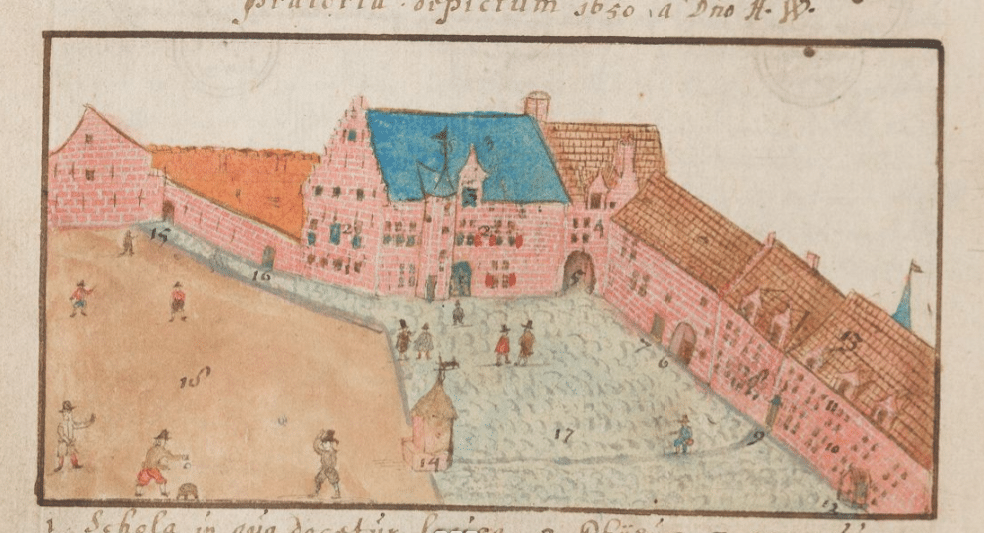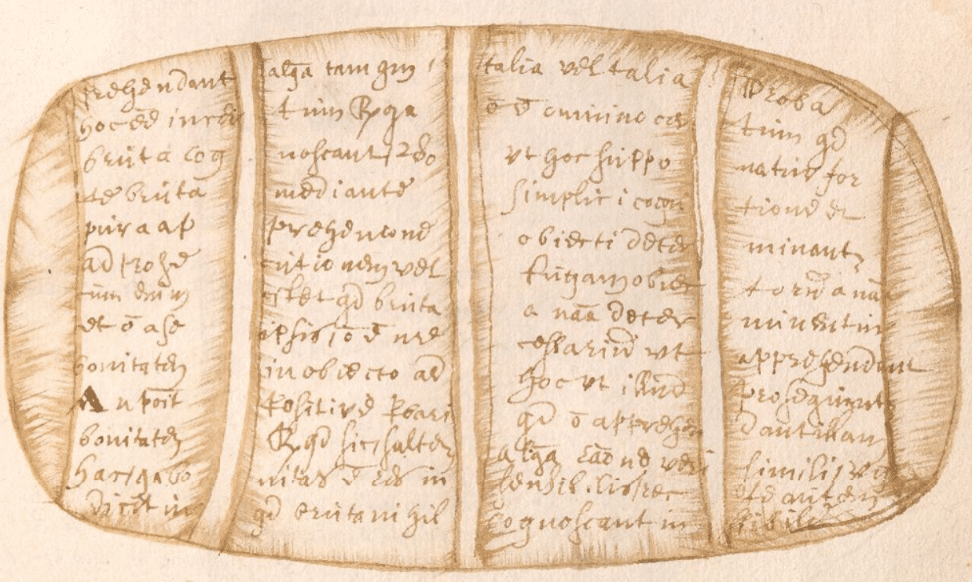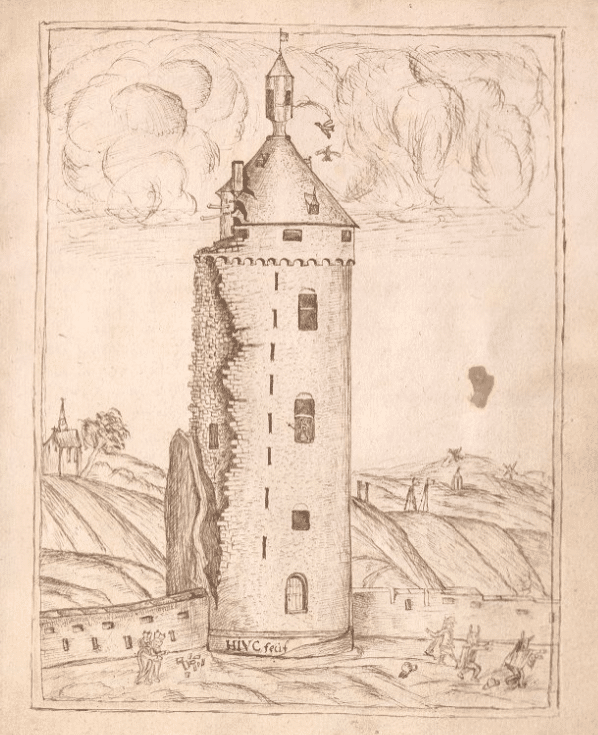When Students Threw Cannons into the River
Wherever too enthusiastic students gather, things can sometimes degenerate into inappropriate behaviour such as drunkenness and vandalism. Student pranks are not a modern phenomenon, says historian Jarrik Van der Biest. Moreover, the punishments for bad behaviour used to be much harsher.
Nowadays, studying is seen as a kind of intermediate stage on the way to adulthood. Due to their ‘extended adolescence’, most students are briefly exempted from adult responsibilities. At the same time, while living in a college town they have the opportunity to indulge in all the pleasures of adult life (sex, booze and rock ‘n roll) away from the all-seeing eyes of their parents.
The concept of extended adolescence is fairly recent. It was only after the democratization of higher education in the second half of the twentieth century that colleges and universities began to attract young people from different walks of life. Before then, studying was reserved for those who could depend on a wealthy family or on a scholarship system. But did that also mean that student life used to be free from student pranks? Let’s time-travel for a moment to early modern Leuven (Louvain).
Pious scholars or religious nerds?
The early modern university conjures up images of pious nerds who devoted themselves wholeheartedly to the study of the Bible and the mysteries of philosophy, or diligently copied excerpts from Greek, Hebrew and Latin texts. The daily schedule prescribed by the regulations of the Arts Faculty in 1760 suggests that it was so. Students had to get up at half past four for pre-breakfast morning prayers and lessons. At ten in the morning, they were allowed to go out for half an hour, after which they devoted themselves to their studies for the rest of the day (except lunch and supper breaks). Bedtime was at nine o’clock in the evening. At the latest, it was ‘lights out’ at half past nine.
 Former university students' home in Leuven, named 'Het Varken' (The Pig), Logic treatise by J. Wouters, 1648-50
Former university students' home in Leuven, named 'Het Varken' (The Pig), Logic treatise by J. Wouters, 1648-50© M Leuven
This rigorous regime, unfortunately, evokes all too recognizable parallels with quarantine, recommended daily walks and curfews. Keep in mind that the students in the colleges complained almost incessantly about bad furniture, draughts and infestations of vermin. University education seemed more like an ascetic monastic life than an extended period of adolescent freedom.
Intoxicated escapades
However, the handwritten memoirs of early modern students reveal a very different story. A common and well-known theme is beer consumption. Students wrote down various drinking songs reminiscent of the musical compositions adopted by today’s student clubs and fraternities. The lyrics were often written in the shape of a beer tankard, beer barrel or a drunken man. In order to drink, the youths sneaked out of their dormitories at night. Often, they left the city in order to avoid paying heavy taxes on their drinks in Leuven.
 Beer barrel, Metaphysical treatise by Gerardus van der Masen, 1661-62
Beer barrel, Metaphysical treatise by Gerardus van der Masen, 1661-62© Leuven University Library
Even then, this kind of drinking led to rows and fights. The university had to intervene regularly when cards and gambling got out of hand. Many students even secretly carried knives. Similar to how today’s students sometimes throw bicycles into the canals at night, early modern students periodically dragged cannons from the city walls and threw them into the Dyle River.
An early modern student culture?
The young men at university knew how to play the game of love. A recurring drawing in the notebooks is that of the Verloren Kosttoren, a large, dilapidated tower on the city walls of Leuven. Could this have been a favourite spot for sneaky trysts away from snoopers? The fact is that by the eighteenth century, the “Leuven marriage” between a student and the pregnant daughter of his landlord was already a well-established concept. The university tried to prohibit pastors from blessing such marriages unless the parents had given explicit consent.
 Students with devil's horns walk away from the Verloren Kost tower. Aristotelian treatise by Henricus van Cantelbeke, 1669
Students with devil's horns walk away from the Verloren Kost tower. Aristotelian treatise by Henricus van Cantelbeke, 1669© Leuven University Library
Early modern students were clearly no strangers to secular pleasures. There is, however, one caveat to this story. The consequences of inappropriate behaviour for today’s students are usually mild; at most they have to pay a fine or spend a night in jail to sleep it off. But the penalties for early modern students, determined by the university itself, were often severe.
The colleges all had their own disciplinary procedures for breaking curfew, including temporary expulsion to a monastery and scourging with a rod. For more serious offences, the university made use of its own dungeons. On 6 January 1773, one such prison sentence ended badly when a philosophy student was found frozen to death. The professor who imposed the punishment had apparently forgotten to check the temperature. Two other students survived their incarceration by wrapping themselves up in blankets and eating melted snow.
This article was first published on cultuurgeschiedenis.be.












